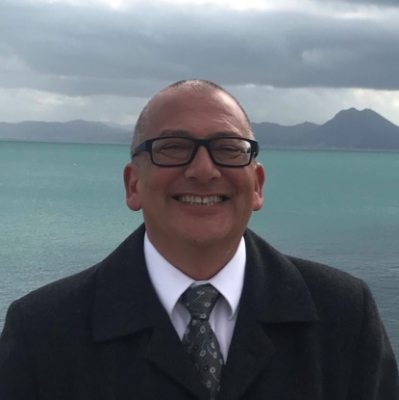Reading the New Year(s): Calendars, Literacies, and Communities
Happy New Year from the University of North Carolina at Charlotte! It’s almost 2024, and for this month’s post, I’d like to talk about reading time and, more specifically, reading the New Year.
It's a little complicated:
Growing up, I was vaguely aware that there were two calendars — or at least for my immediate family. The “regular” one that most folks in the United States go by lands Christmas on 25 December and New Year's Day on 1 January. We celebrated these holidays with a tree, and a turkey, and everyone gathered around a table.
But there’s also an “old church calendar” that my mother’s immigrant family (Rusyns with a “y’) still remembered. That is, in a small coal-mining township of Twin Rocks, Pennsylvania, USA. the Yanko family and their immigrant neighbors, hailing from the same region in Western Ukraine, celebrated 7 January as Christmas and 14 January as New Year's Day. That's how they did it, just like that.
What I came to understand was that in Twin Rocks there were two calendars. The American or “Gregorian” one took its name from a Catholic pope (Gregory XIII) who in 1582 announced the reform of the Julian calendar (as in Julius Caesar).
The papal decree was meant to account for leap year and the days the old calendar didn’t consider. But some Christian churches in some parts of the world still held onto the Julian calendar tenaciously — and, they still do in Belarus, Egypt, Ethiopia, Georgia, Kazakhstan, Macedonia, Moldova, Montenegro, Serbia, Russia, and, until very recently, Ukraine.
As a young teacher in the 1990s, when I was working at Cardozo Senior High School in the District of Columbia, I’d take off every 7 January to drive my mom downtown to St. Nicolas Cathedral off Massachusetts Avenue near the U.S. Naval Observatory, where the U.S. vice president lives. We’d celebrate Christmas all over again.
When I married, one January, I drove my wife and son from Charlotte, North Carolina up to Washington, DC, for the holiday. We all went to the cathedral with my mom on the 7th. My older brother even took the afternoon off to join us in his full uniform as a U.S. Marine Corps officer.
For months, my mother bragged about how we had taken her to the cathedral for Rusyn Christmas and about how lucky she was.
My mom died in 2018, but I still celebrate Christmas and New Year’s twice. It’s my secret holiday and a way of remembering her and my maternal grandparents — where they came from and the sacrifices they made to get us to where we are today.
All this got me thinking about literacy — how we define it, measure it, and develop it.
These days, there’s a renewed push (and lots of funding) for a “science of reading” in the early grades that aims to assess how proficient readers come to be (or not) and, consequently, how teachers might prevent reading challenges (or intervene when a challenge arises) through a combination of phonemic awareness, phonics, fluency, vocabulary, and comprehension.
But with all the "science,” there’s less time for the sort of joyful reading instruction that I’ve described in previous posts—like learning to sing Hawai‘i pono‘ī at Kainalu Elementary School in Kailua, Hawai‘i.
It's not "serious" enough. It lacks science.
There's less time for modeling literacies of vulnerability, like when my fourth-grade teacher, Mrs. Dahlstrom, cried as she read aloud the final pages of Where the Red Fern Grows on a Friday afternoon to a class full of nine-year-olds who all started crying with her.
The “science of reading” doesn’t leave a lot of room for song or emotions. It’s science, after all.
But what I do know from a January Rusyn Christmas morning at St. Nicholas Cathedral is that the date on which Christmas falls or that a New Year begins depends on how you grow up reading time and the calendar your community observes.
The same thing goes for literacy. We teach what we value as communities.
So as we approach 25 December/7 January and 1 January/14 January and all the other days that mark our personal and public calendars and that define us as individuals, here are two questions to ponder:
-
- What’s your secret holiday and how did you come to “read” it as such?
- What’s your hope for the New Year — whatever that day may be?

